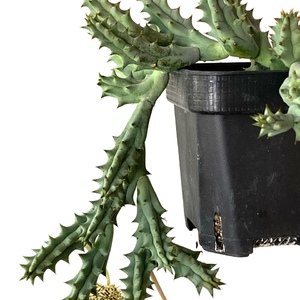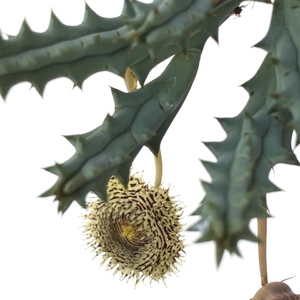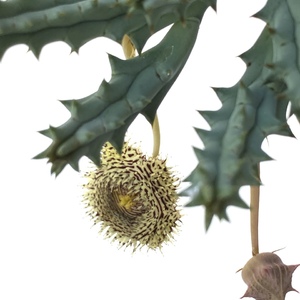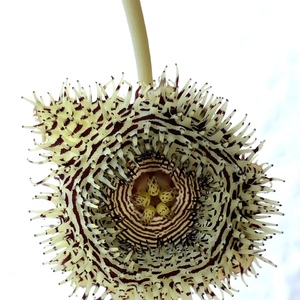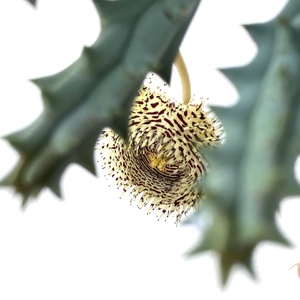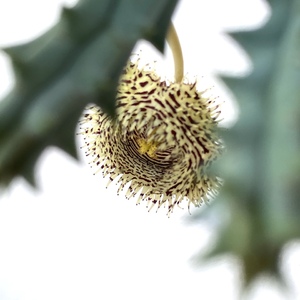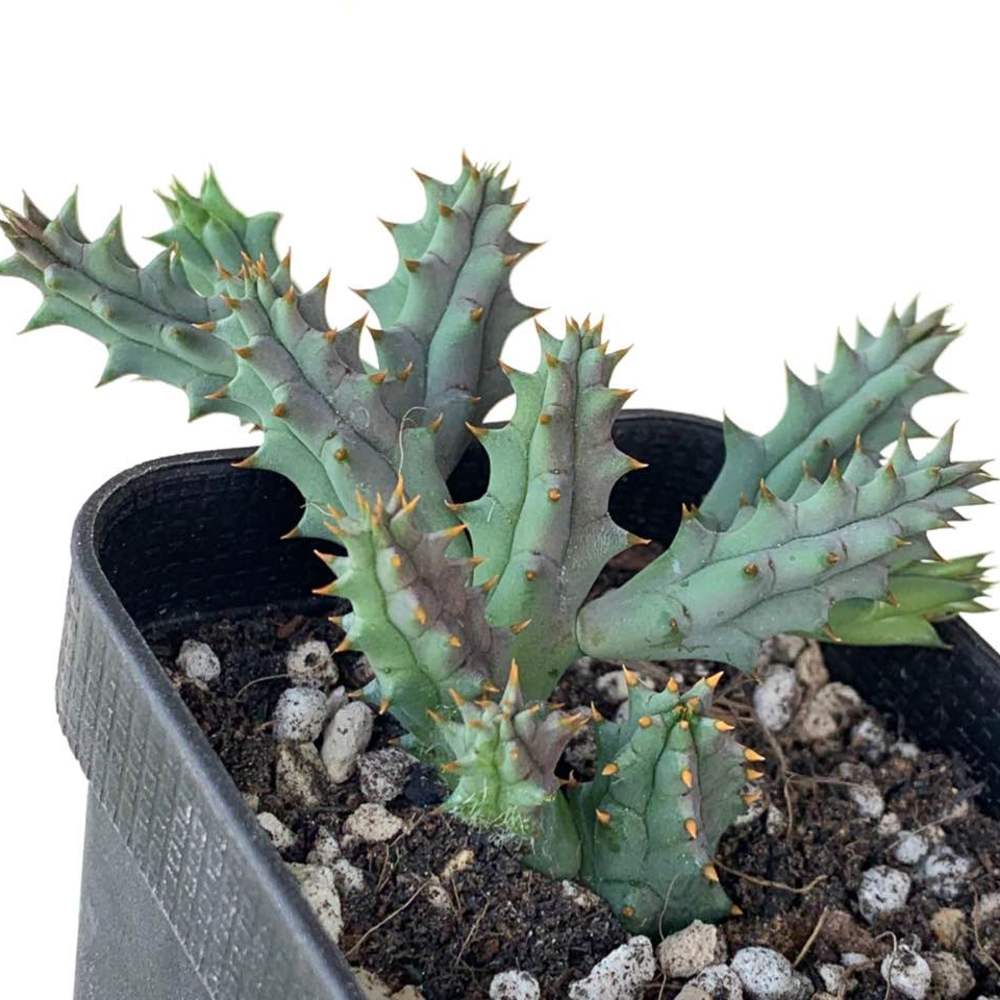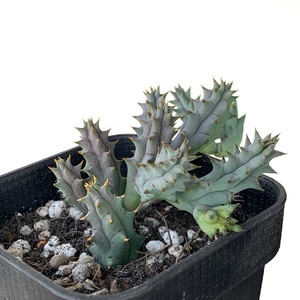植物经验
详细说明
Huernia hystrix is a variable, stem succulent up to 3 inches (7.5 cm) tall. The stems are usually pale green, occasionally glaucous and tinted dull purple, 5-angled, up to 0.5 inch (1.2 cm) thick, with spaced, swollen tubercles along the stem ridges that are tipped with sharp conical teeth pointing outwards. The flower are borne in groups of 2 to 5, bell-shaped, pale yellow to cream, marked with crimson to maroon spots. They grow on long, hairless stalks from the axils of tubercles in lower stem parts.
How to Grow and Care
Huernias require a potting mix with excellent drainage. A succulent plant mix of 50 percent pumice or perlite, 25 percent peat or organic mulch and 25 percent sand helps prevent rotting and overwatering. Roots experience dieback in cool-season dormancy, so plants grow best in shallow containers that allow the soil to dry out quickly. Using clay pots further helps soil from staying too wet. An underlayment of coarse gravel below the soil mix also improves drainage. In climates with damp cool summers, a layer of gravel between the plant and the soil mix also helps prevent the stems from staying too moist.
Outdoor plantings do well in raised beds. Huernias prefer bright light or partial shade. In nature, they grow underneath shrubs or other plants. Too much sun causes stems to develop protective reddish or purple pigmentation and can actually scald the stems. Too little light leads to weak, thin growth with decreased flower production. These plants grow best between 50 and 80 °F (10 and 27 °C). Protect them from freezing weather.
How to Grow and Care
Huernias require a potting mix with excellent drainage. A succulent plant mix of 50 percent pumice or perlite, 25 percent peat or organic mulch and 25 percent sand helps prevent rotting and overwatering. Roots experience dieback in cool-season dormancy, so plants grow best in shallow containers that allow the soil to dry out quickly. Using clay pots further helps soil from staying too wet. An underlayment of coarse gravel below the soil mix also improves drainage. In climates with damp cool summers, a layer of gravel between the plant and the soil mix also helps prevent the stems from staying too moist.
Outdoor plantings do well in raised beds. Huernias prefer bright light or partial shade. In nature, they grow underneath shrubs or other plants. Too much sun causes stems to develop protective reddish or purple pigmentation and can actually scald the stems. Too little light leads to weak, thin growth with decreased flower production. These plants grow best between 50 and 80 °F (10 and 27 °C). Protect them from freezing weather.
花相册 (30)
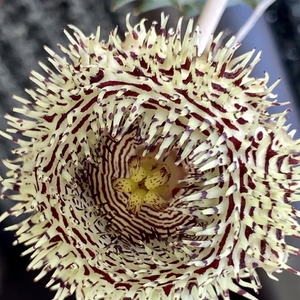
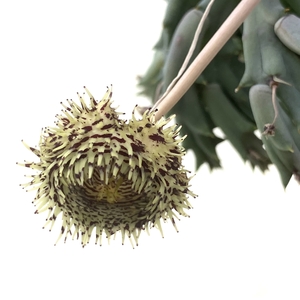


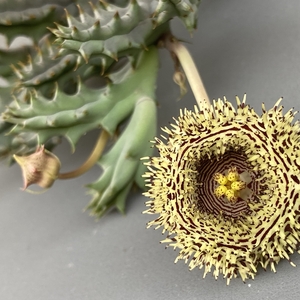

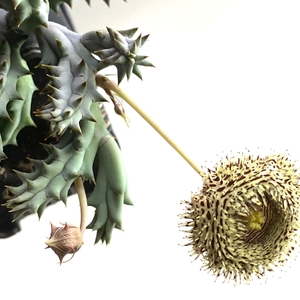
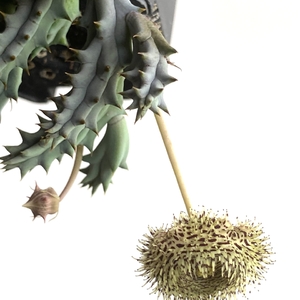
kensong
2020年09月24日

Close up of a beautiful bloom.


kensong
2020年08月21日

Flowering season.














kensong
2020年08月14日

Flowers
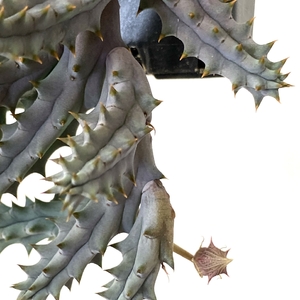
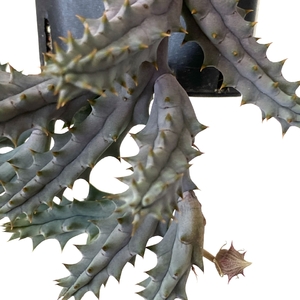


kensong
2020年07月30日

Single flower.

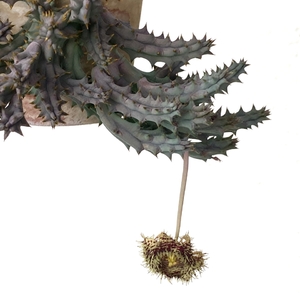
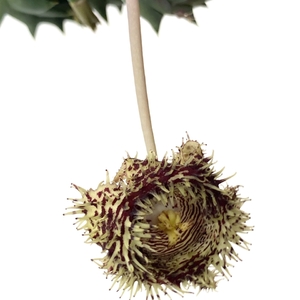



kensong
2020年07月15日

Overflowing growth.
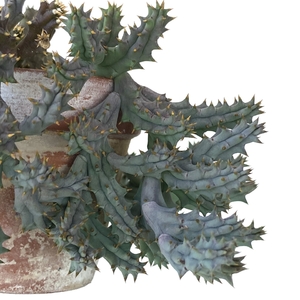

kensong
2020年01月21日

Flowered again. Had a slight mealy bug infestation.

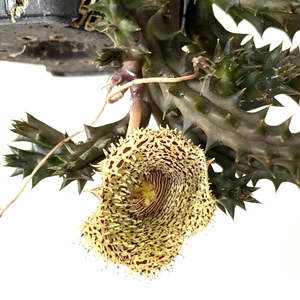




kensong
2019年12月26日

Flowers again.
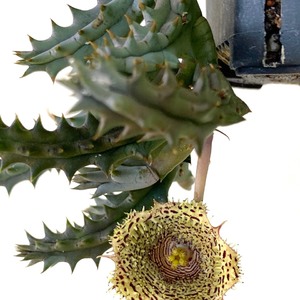
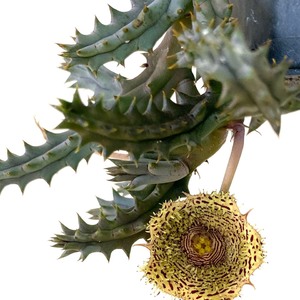
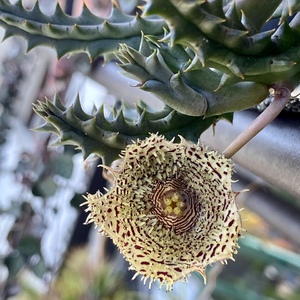



kensong
2019年11月17日

It finally flowered.

